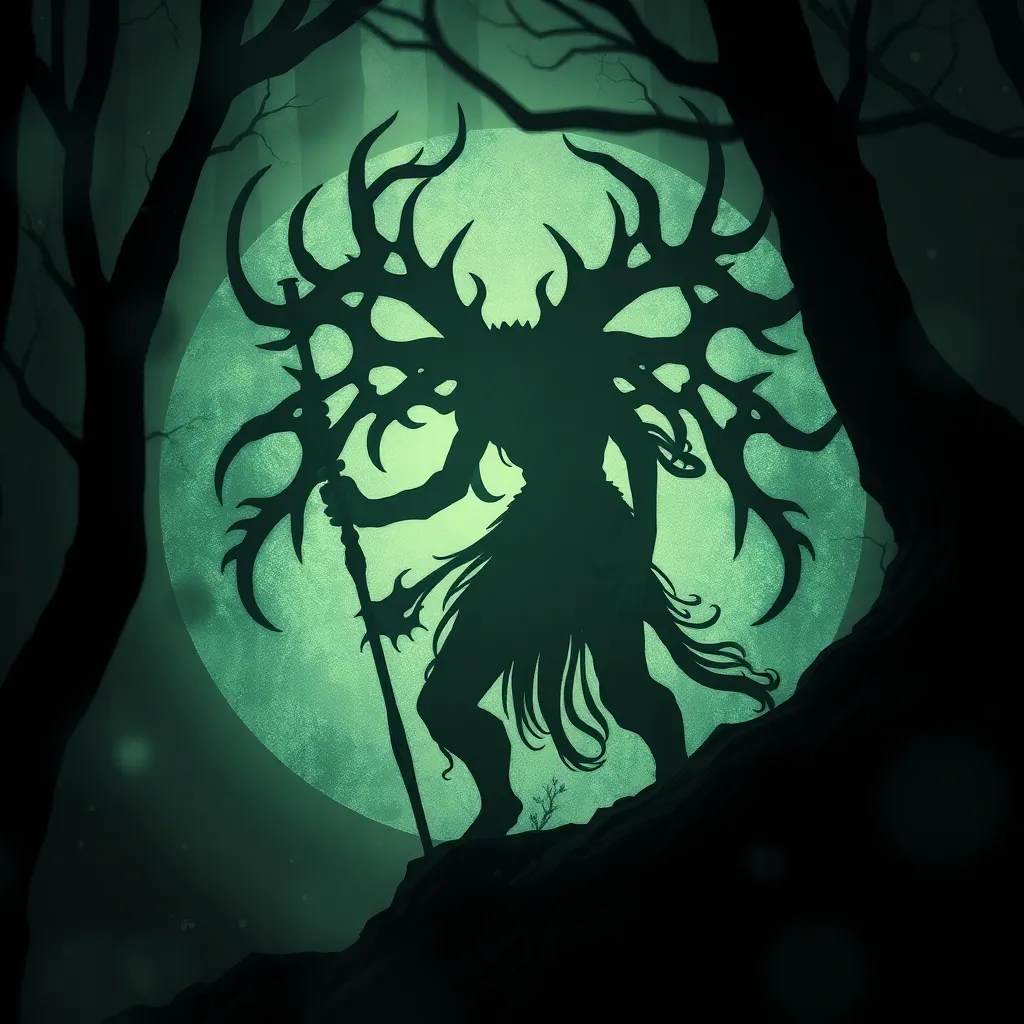Introduction to Finnish Mythology
Finnish mythology is a rich and diverse tapestry of stories, beliefs, and practices that have been passed down through generations. Rooted in the ancient animistic beliefs of the Finno-Ugric peoples, Finnish mythology is deeply intertwined with the natural world, particularly the forests, lakes, and other natural features of the Finnish landscape.
The Finnish Creation Myth: The Kalevala
The Kalevala is the central epic of Finnish mythology, compiled from oral traditions by Elias Lönnrot in the 19th century. The Kalevala tells the story of the creation of the world, the birth of the gods, and the adventures of the legendary hero Väinämöinen.
The Finnish Goddess of Earth and Fertility: Ukko
Ukko is the Finnish goddess of earth and fertility. She is often depicted as a majestic woman with long flowing hair and a green mantle. Ukko is responsible for the growth of crops, the fertility of livestock, and the well-being of the land.
The Earth as Mother and Provider
In Finnish mythology, the earth is seen as a mother figure who provides for her children. She provides food, shelter, and protection. The earth is also a source of healing and renewal.
The Importance of Earthly Phenomena in Finnish Mythology
Earthly phenomena, such as the changing seasons, the weather, and the movements of the stars, play an important role in Finnish mythology. These phenomena are seen as signs from the gods and are often used to predict the future.
6. The Role of Forest Spirits and Nature Deities
Forests and other natural features play a vital role in Finnish mythology. They are home to a variety of spirits and deities, including the forest spirits known as haltijas. Haltijas are mischievous and playful creatures who protect the forest and its inhabitants. Other nature deities include the water spirits known as näkki and the fire spirits known as tuliketut.
7. The Finnish Earth Spirit: Väinämöinen
Väinämöinen is a central figure in Finnish mythology. He is a wise and powerful shaman who is said to have created the world. Väinämöinen is also a skilled musician and singer, and he is often depicted playing the kantele, a traditional Finnish string instrument.
8. The Concept of "Metsänpeitto": The Protective Cover of the Forest
Metsänpeitto is a Finnish concept that refers to the protective cover provided by the forest. It is believed that the forest provides shelter and protection from harm. Metsänpeitto is also said to have a healing effect, both physically and spiritually.
9. The Impact of Finnish Mythology on Land Stewardship
Finnish mythology has had a profound impact on the way that Finns have traditionally managed their land. The belief in the sacredness of the earth has led to a deep respect for the natural world. Finns have traditionally practiced sustainable forestry and other land management practices that protect the environment.
10. Contemporary Relevance of Finnish Earth Mythology
Finnish earth mythology continues to be relevant in contemporary society. It provides a reminder of the importance of the natural world and the need to protect it. Finnish earth mythology also offers a sense of identity and belonging to many Finns.
FAQ
- What is the Finnish goddess of earth and fertility called?
- Ukko
- What is the Finnish concept that refers to the protective cover provided by the forest called?
- Metsänpeitto
- Who is Väinämöinen?
- A wise and powerful shaman who is said to have created the world



